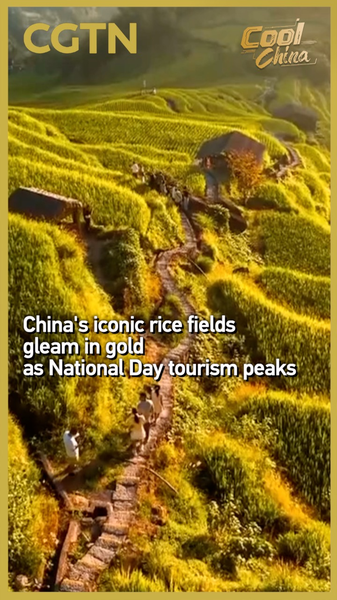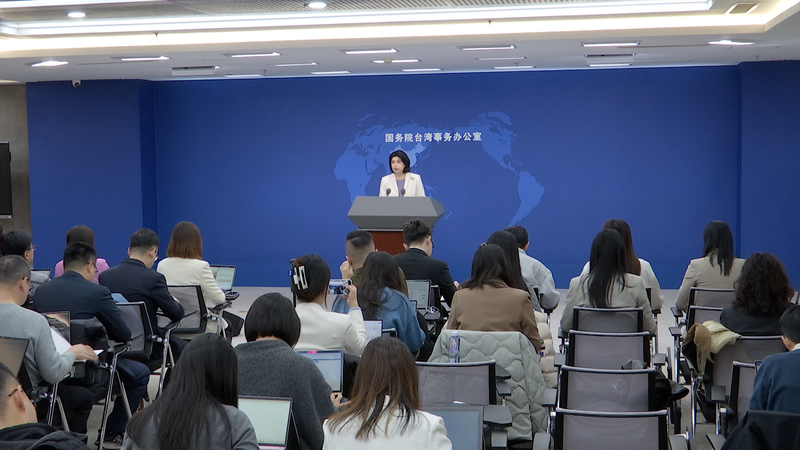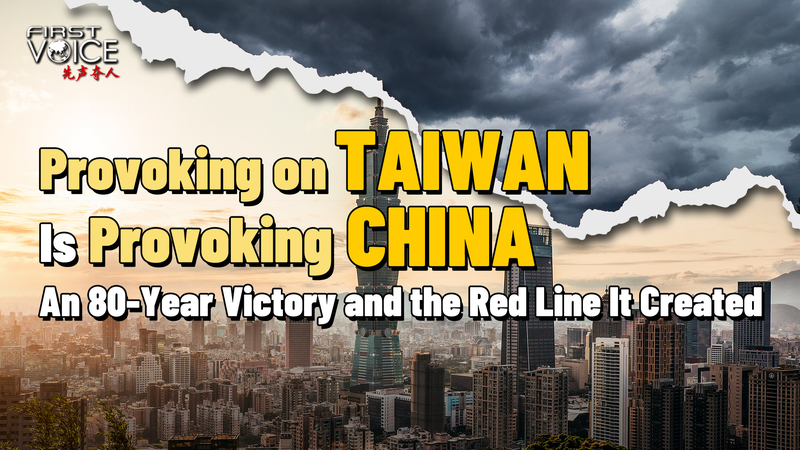As golden hues bathe the ancient mountain slopes, China’s National Day holiday ushered a surge of visitors to Chongyi County in Jiangxi Province. They came not for skyscrapers, but for the thousand-year-old Shangbao Hakka terraces, where glistening rice paddies layer the hills like rippled gold.
At sunrise, the terraces shimmer under morning light, winding like emerald ribbons through the valleys. This age-old landscape, carved by generations of Hakka farmers, now draws travel bloggers, digital nomads, and eco-adventurers alike, all seeking an authentic rural experience beyond city lights.
Local farmers report a bumper harvest this year, thanks to favorable weather and sustainable farming practices. 'We expect yields to outpace last year,' says a village elder whose family has tended the terraces for centuries. The thriving crop promises both fresh produce and a vibrant display of autumn colors.
Behind this success is an 'ecology plus tourism' model that blends environmental stewardship with community-driven tourism. Homestays in traditional Hakka homes, guided terrace walks, and hands-on farming workshops offer visitors a chance to dig into local culture—and channel tourism dollars directly into the village economy.
Data from local authorities show a significant uptick in holiday traffic, highlighting a growing appetite for immersive, sustainable travel. For young travellers and digital nomads, the Shangbao terraces exemplify how rural revitalization can offer fresh perspectives on heritage, innovation, and real-world impact.
As the holidays wind down, the golden terraces remain—reminders that with creative models and cultural pride, even remote landscapes can become global destinations while preserving their soul.
Reference(s):
China's iconic rice fields gleam in gold as National Day tourism peaks
cgtn.com




